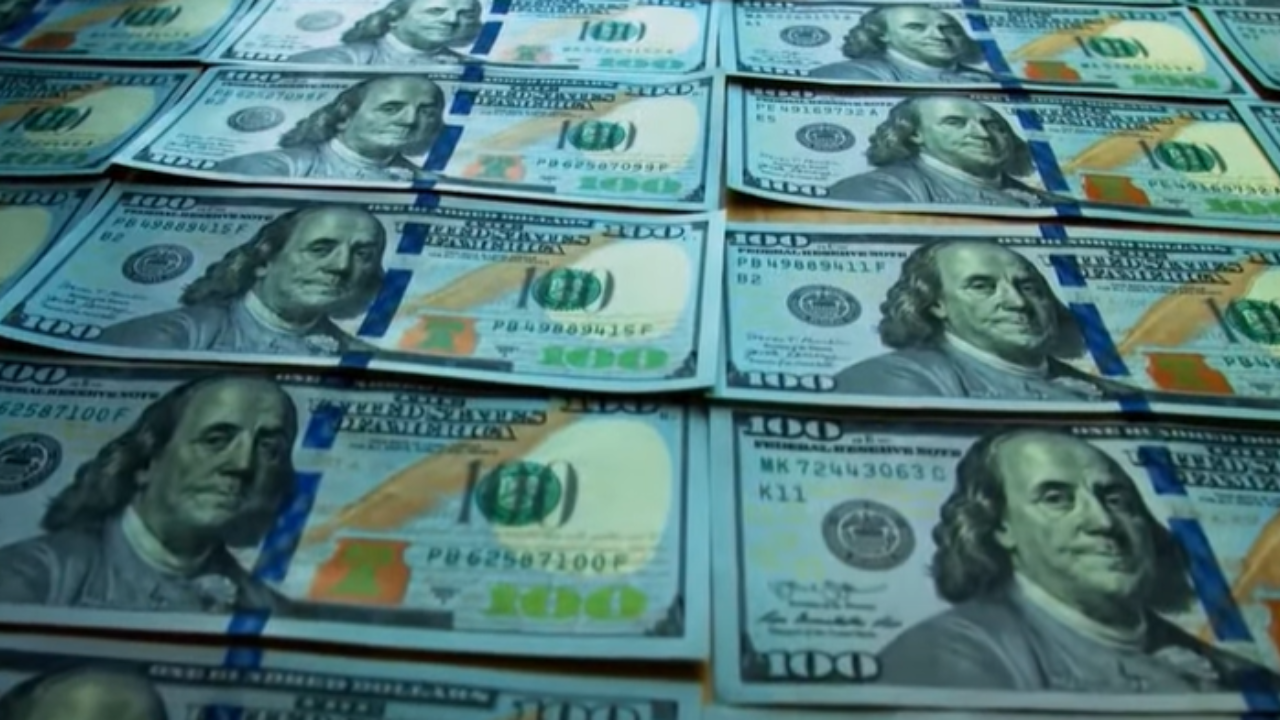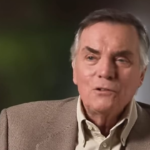US economy strengthens amidst a contentious presidential contest
This spring, the US economy began to develop again, supporting expectations that the largest economy in the world can withstand inflation without suffering a severe slowdown.
The Commerce Department reported on Thursday that during the three months leading up to June, the US economy grew at an annual pace of 2.8% due to an increase in consumer expenditure.
Even if the speed was quicker than anticipated, it was still slower than in 2023.
The new data comes amid a contentious presidential campaign in which voters have consistently indicated that their main concern is the state of the US economy.
Democrats would normally be the preferred party as the incumbent due to the nation’s consistent growth, which considerably exceeds that of its foreign counterparts.
However, given the current circumstances, it’s a conundrum.
At 4.1%, unemployment is low yet on the rise. While still strong, growth has slowed.
Even if price inflation has greatly decreased, households are still facing high borrowing expenses and a 20% price increase since 2021, which is contributing to high levels of economic unhappiness.
The scenario has been further complicated by President Joe Biden’s decision to withdraw from the contest.
“There are numerous intersecting themes in voters’ perceptions of the economy,” noted Moody’s Analytics chief economist Mark Zandi. “At this point, I don’t think it’s a headwind or a tailwind.”
According to data released on Thursday, the economy is recovering from a downturn that occurred at the beginning of the year, when GDP growth was only 1.4%.
This quarter, analysts were projecting growth of almost 2%.
Michael Lewis-Beck, a professor at the University of Iowa and the author of a model that forecasts the results of the popular vote based on economic growth and presidential approval, stated before the release that growth did not seem to have been robust enough in the first half of this year to overcome Mr. Biden’s extreme unpopularity.
Based on growth at the beginning of the year, his model had projected Mr. Biden would lose by a close margin. He issued a warning, stating that Democrats will have even more difficult odds going forward because they would no longer have the benefit of being the incumbent.
Although he pointed out that the three elections since 1948 in which his model has proven incorrect—1960, 1968, and 1976—took place in “turbulent times” similar to the current one, he continued, adding that the election is still tight and complicated.
He called the present campaign a “nail biter,” adding, “Not that the economy wasn’t relevant in those times, but there were other huge things going on.”
According to some other experts, Mr. Biden’s decision to withdraw from the campaign may make it simpler for Democrats to highlight the positive aspects of his legacy while distancing themselves from the problematic aspects, like inflation.
Danielle Deiseroth, executive director of the progressive pollster Data for Progress, stated, “I see upside with vice president [Kamala] Harris taking over the ticket because she can put distance between herself and President Biden” on inflation-related issues.
She pointed out that the administration‘s flagship economic initiatives, such as its investments in clean energy, roads, bridges, and cutting-edge technology, are generally well-liked.
“It’s an opportunity for a reset on the economic narrative,” she stated.
The country’s economy expanded last quarter at a robust 2.8% annual rate, driven by both businesses and consumers in spite of the pressure from persistently high interest rates.
According to the Commerce Department’s report released on Thursday, the economy’s overall output of goods and services, or gross domestic product, increased in the April–June quarter following a 1.4% growth rate in the January–March quarter. The fact that companies raised their inventory during the last quarter contributed to the growth. The 1.9% annual growth rate that economists had predicted was weaker than that.
The greatest economy in the world, the US economy, has shrunk despite a brief surge in the previous quarter due to the Federal Reserve’s manipulation of borrowing costs to combat excessive inflation. The annualized GDP growth rate exceeded 2% for six consecutive quarters during the middle of 2022 and 2023. The GDP grew at strong rates in the last two quarters of last year—4.9% and 3.4%.
As the presidential campaign has heated up, Americans’ attention has been drawn to the state of the economy. While inflation has decreased significantly from 9.1% in 2022 to 3% now, costs are still far higher than they were before the pandemic.
The Fed’s aggressive program of interest rate hikes has resulted in much higher borrowing rates for credit cards, auto and house loans, and many business loans, which has led to this year’s slowdown.
Eleven rate hikes by the Fed in 2022 and 2023 were a reaction to the sharp spike in inflation that started in the spring of 2021 when the economy unexpectedly recovered quickly from the COVID-19 recession, leading to acute shortages of supplies. Things got worse when Russia invaded Ukraine in February 2022, driving up the cost of grains and oil that the world needs. Prices increased both domestically and internationally.
It was long anticipated by economists that the increased cost of borrowing would cause the US economy to enter a recession. However, the economy continued to grow. Encouraged by a robust employment market and savings from the COVID-19 lockdowns, consumers—whose spending makes up approximately 70% of GDP—continued to make purchases.









